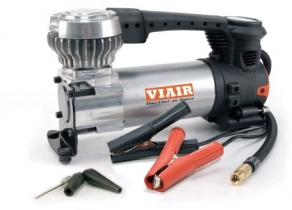-
Welcome to Tacoma World!
You are currently viewing as a guest! To get full-access, you need to register for a FREE account.
As a registered member, you’ll be able to:- Participate in all Tacoma discussion topics
- Communicate privately with other Tacoma owners from around the world
- Post your own photos in our Members Gallery
- Access all special features of the site
Capacitor bank vs dual battery ?
Discussion in 'Technical Chat' started by Spencer, Nov 12, 2013.
Page 2 of 2
Page 2 of 2


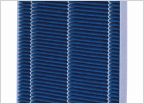 Are Toyota filters HEPA rated?
Are Toyota filters HEPA rated?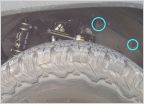 Super Technical Question Awaits Your Response
Super Technical Question Awaits Your Response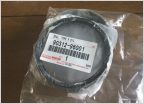 Front Wheel Bearing Seal Part Number Needed
Front Wheel Bearing Seal Part Number Needed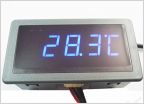 Wiring a Thermometer
Wiring a Thermometer





